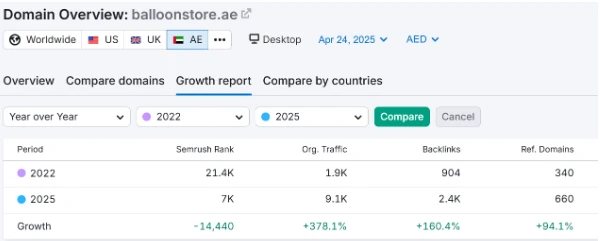
How to run google ads successfully: a comprehensive guide to boosting your business
- digitalmanqoosh
- March 2, 2023
- Uncategorized
- Ad Campaigns, Ad Optimization, Conversion Rate Optimization, Digital Marketing, Google Ads, Keyword Research, Online Advertising, PPC, Quality Score
- 0 Comments
Running successful ads on Google can be a challenging task, but with the right strategies and tools, you can create campaigns that drive traffic and increase conversions. In this blog post, we’ll discuss the key steps to creating successful Google ads, including keyword analysis, competition analysis, ad implementation, ad group creation, optimization, and quality score.
Step 1: Keyword Analysis
Keyword analysis is the foundation of any successful Google Ads campaign. You want to identify the most relevant and profitable keywords for your business. To do this, you can use the Google Keyword Planner tool, which provides information on search volume, competition, and estimated cost-per-click for keywords.
Start by brainstorming a list of keywords that are relevant to your product or service. Then, use the Keyword Planner tool to refine your list, identifying keywords with high search volume and low competition. It’s also essential to consider the user’s intent when choosing keywords, so you can ensure your ads reach the right audience.
Step 2: Competition Analysis
After identifying your keywords, you want to conduct a thorough competition analysis. This involves researching your competitors and understanding their strategies. You can use tools like SEMRush or Ahrefs to analyze their ads, landing pages, and keywords.
By understanding your competition, you can identify areas where you can differentiate yourself and optimize your ads for maximum impact.
Step 3: Ad Implementation
Now that you have your keywords and have analyzed your competition, it’s time to create your ads. Your ads should be eye-catching, engaging, and relevant to your audience.
It’s important to follow Google’s ad guidelines to ensure your ads are approved and displayed. You can use Google’s ad creator tool or work with a designer to create visually appealing ads that align with your brand.
Step 4: Ad Group Creation
To increase the effectiveness of your ads, you want to create targeted ad groups. This involves grouping your keywords into categories and creating ads specific to each group.
For example, if you sell running shoes, you may want to create ad groups for different types of shoes, like trail running shoes, road running shoes, and racing shoes. By creating targeted ad groups, you can ensure your ads are reaching the right audience and increase the likelihood of conversions.
Step 5: Optimization
Optimizing your ads is an ongoing process that involves monitoring your campaigns and making adjustments as needed. You want to analyze your ad performance regularly and adjust your keywords, ad copy, and targeting as needed to improve your results.
One key metric to monitor is your click-through rate (CTR), which measures the percentage of people who click on your ad after seeing it. A high CTR indicates that your ad is resonating with your audience and can improve your quality score.
Step 6: Quality Score
Your quality score is a metric that measures the relevance and effectiveness of your ads. It’s based on factors like ad relevance, landing page experience, and expected click-through rate.
Increasing your quality score can result in better ad placement and reduced cost-per-click.To improve your quality score, you want to ensure your ads are relevant to your keywords and landing pages, and that your landing pages provide a positive user experience.
In conclusion, running successful ads on Google requires careful planning, analysis, and ongoing optimization. By following these key steps and monitoring your results, you can create effective campaigns that drive traffic and increase conversions for your business.












